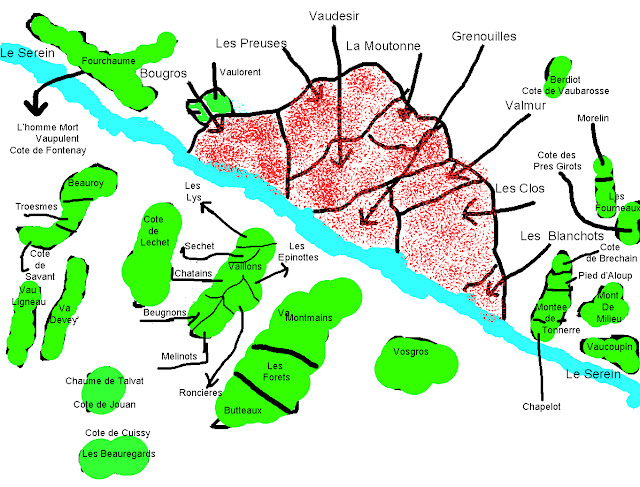Lino Maga Barbacarlo

Oltrepo Pavese in Lombardia region, there is a small village Broni where a man Lino Maga make very interesting wines under the denomination Barbacarlo a cru monopole for a specific hill 4 hectares on 300-meter elevation on tufaceous soil with an average of vines around 50 years with southwest exposition. Lino Maga had a legal battle with the authority to make sure this monopole of a single hills was recognized as their own property, and had is own denomination. This story with the institution went over for 23 years. No one can called a wine Barbacarlo expect for them. Barbacarlo is a subzone of the Oltrepo Pavese DOC. The grapes are Ughetta, Uva Rara and the main important one is Croatina, natural fermentation and the use of old barrels make this wines very distinctive and never looks the same. On the other side of the Barbacarlo hill, there is another cru called Montebuono which adding the Barbera to the blend. We had a dinner lately and we tasted a few of them pretty specials.




